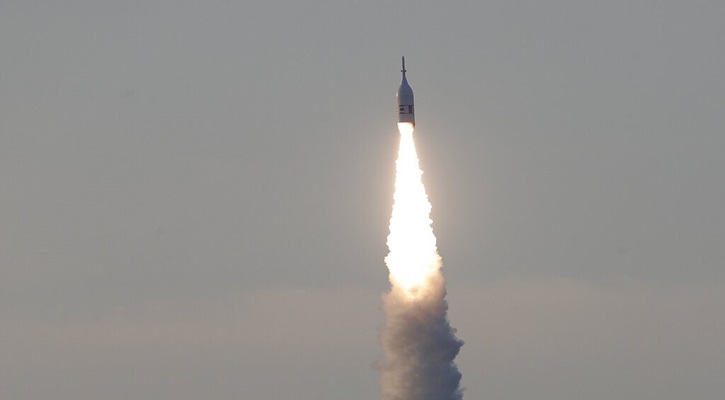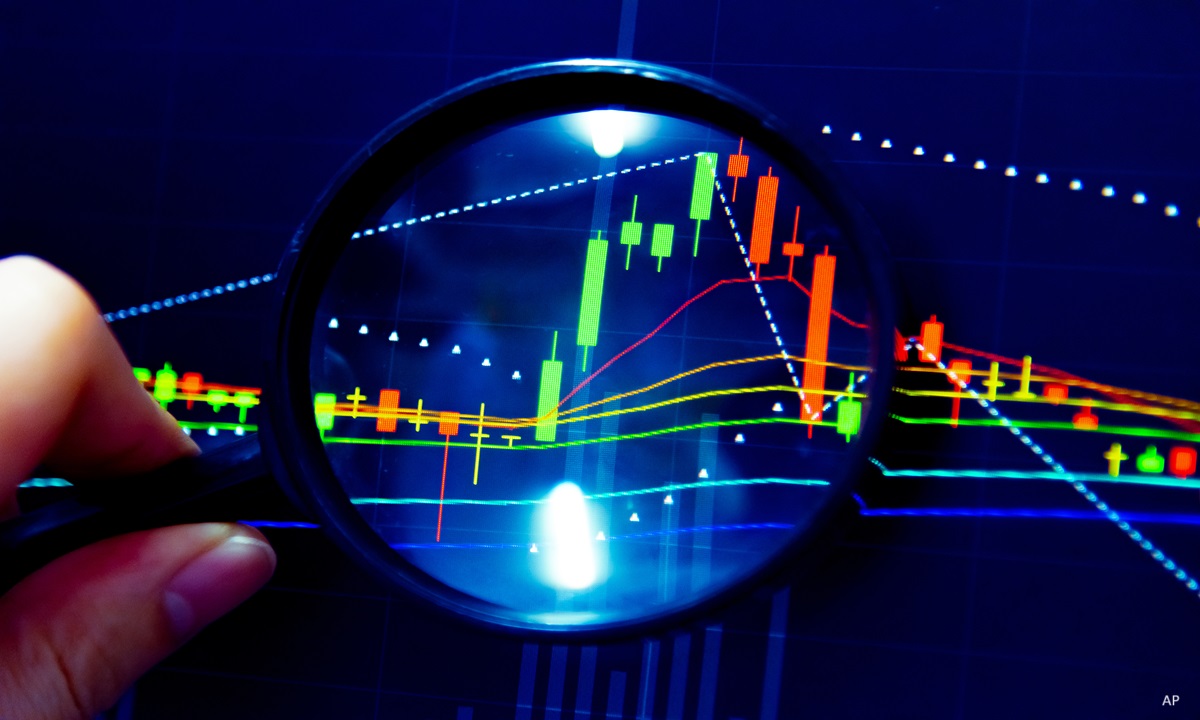Rolle im Portfolio
The Source Man GLG Europe Plus ETF offers long-only total return European equity exposure that is designed to capture outperformance from broker ideas provided specifically to Man GLG. GLG is the multi-strategy global investment specialist within Man; a world-leading independent alternative and long-only asset manager. The portfolio is adjusted to mimic the market-capitalisation exposure of the MSCI Europe Index in order to avoid “size bets”. The underlying strategy, which has been operated within a long-only equity fund from Man GLG since October 2007, uses a number of criteria to screen the market for the best broker ideas. The Man GLG Europe Plus TR Index was consequently created to make the strategy available to a broader audience through an ETF wrapper. Since inception, this ETF outperformed the MSCI Europe GR Index by an annualised 4.5%.
The ETF is perhaps most suitable for investors seeking to tap the potential alpha-generating stream of brokerage recommendations in an accessible, diversified, and liquid vehicle. Hence, it could be deployed as a core equity holding within an investment portfolio. As for its potential uses as a tactical tool, more aggressive investors could use this ETF to overweight European equities.
Fundamentale Analyse
The first step in the process underlying the fund’s benchmark index is to filter broker investment ideas. Stocks must pass a series of screens are used to be included in the index. Generally, these ideas tend to have an investment horizon of 60 to 90 days to make sure they are based more on fundamentals rather than on technical short-term momentum.
There are around 65 eligible brokers, selected on the strength of the individual and organisation, their overall relationship with Man GLG, performance metrics, and risk management practices. The qualitative screening process allows the discretionary investment managers of Man GLG to recommend brokers based on their working relationships. Successful brokers are put on a 6 month trial before being included on the list of eligible brokers. As for risk management, Man GLG examines whether the brokers display a robust selling discipline, as panic selling during market downturns can lead to undesirable outcomes. Broker performance is reviewed quarterly and they are ranked on their trailing 12 month performance. If the performance of a broker begins to suffer, Man GLG will contact the respective broker to discuss the source of underperformance.
The next step in the filtering process is to remove ideas for shares domiciled outside the 17 eligible European countries. Before all duplicates are removed, the index screens the broker ideas for liquidity and removes those that would lead to establishing positions representing more than 20% of the average daily trading volume of a given stock.
Position sizes are normalised based on expected success (e.g. risk and conviction). Man GLG looks at how many buy recommendations are received for a certain stock and positions are increased with each consecutive buy recommendation. However, as soon as the index receives the fifth consecutive buy recommendation for a stock, any subsequent buy recommendation triggers a gradual decrease and eventual closure of the position. If a stock idea receives a sell recommendation after a buy recommendation from any eligible broker, the position is closed straight away.
Afterwards, a return optimiser is implemented. The optimiser adjusts the positions based on known patterns of success such as contribution factors (e.g. is the broker a sector leader?) and contextual factors (e.g. non-consensus view). Man GLG has a statistical process in place to measure if a broker is a “leader” or a “follower”. The process looks at past recommendations and determines whether a broker’s recommendations were the first on a given security or whether they were issued subsequent to similar calls made by other brokers. More specifically, the index looks for patterns that have previously outperformed and enhances positions that fit these patterns.
The final step in the fund construction process is a market-capitalisation adjustment to neutralise its market-cap exposure versus European equity markets.
Indexkonstruktion
The index is constructed through a multi-tiered process that sorts through over 1,000 broker investment ideas to select the securities that would ultimately make up the basket of components. The first step in the process underlying this index is to filter the broker ideas. Stocks that pass a series of screens are used to construct the portfolio and ultimately build the index. Man GLG is not interested in “size bets” and therefore adjusts small-, mid, and large-cap index weightings to bring them in line with the MSCI Europe TR Index. The resulting index usually consists of around 200 – 250 stocks with a maximum 5% exposure per holding. Furthermore, stock ideas from leading brokers in a specific sector will experience a higher weighting than ideas from brokers classed as “followers”. The index is rebalanced daily to accommodate new ideas and changes in recommendations. There are additional costs on top of the TER to consider that are embedded within the index calculation itself. Given that the index turns over about six times a year, the costs associated with this high level of churn are substantial. While the TER is explicitly broken out, these turnover costs, which amount to an additional 72 basis points per annum, are embedded in the index calculation. Each successful broker idea is remunerated to the tune of 6bps, of which 3bps go directly to the individual broker and the remaining 3bps goes into a shared commission pool which is paid out once a year in the form of a bonus.
Fondskonstruktion
Source uses synthetic replication to track the performance of the Man GLG Europe Plus TR Index. Unlike most synthetic ETF providers who use only one swap counterparty per fund, Source engages multiple swap counterparties, thereby diversifying counterparty risk exposure. As of this writing, the swap counterparties are Bank of America-Merrill Lynch, Goldman Sachs, Morgan Stanley, JP Morgan, Credit Suisse and Nomura. Source resets individual swaps to zero when exposure to the swap counterparty reaches 4.5% of its notional amount. This is below the UCITS prescribed limit of 10% for each counterparty. The swaps are also reset whenever there is a creation or redemption in the fund. Each counterparty delivers a collateral basket composed of European, U.S. and Japanese equities to be held at Northern Trust and marked to market daily. In exchange for delivering index performance, the swap provider receives the performance of this collateral basket, plus a fee. Currently, Source does not engage in securities lending in its ETFs, but will notify investors in advance if the policy changes. Any dividends paid by the fund’s constituents are continuously reinvested.
Gebühren
Investors have to pay for the potential for alpha in the form of a 0.75% TER and an additional 0.72% in embedded turnover costs. This is significantly more expensive—as measured strictly by TER—than passive pan-European equity ETFs, which can have a TER as little as 0.15% per annum.
Alternativen
As of writing, there is no like-for-like alternative to the Source Man GLG Europe Plus ETF. However, investors interested in a pan-European equity investment can choose from a long list of purely passive alternatives. The largest in terms of total assets under management is the iShares STOXX Europe 600 (DE). The ETF from iShares uses physical replication and levies a TER of 0.20%.
Investors wanting to track an index more closely related to that of the Source ETF discussed here can make use of the swap-replicated Lyxor ETF MSCI Europe (TER 0.35%), while those seeking to strict geographical exposure to just the Eurozone could consider the Lyxor ETF EURO STOXX 50 (TER 0.25%).








.jpg)








